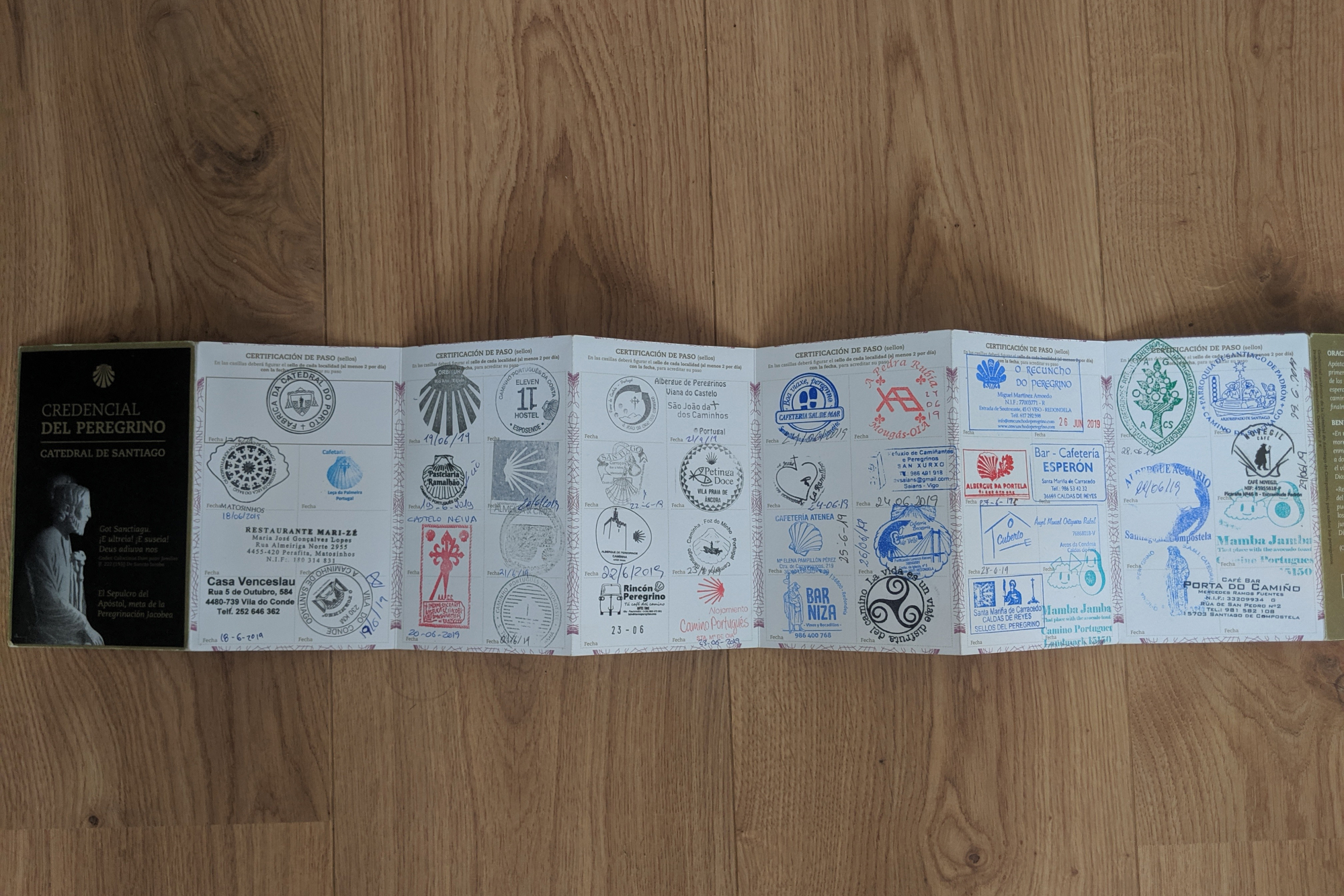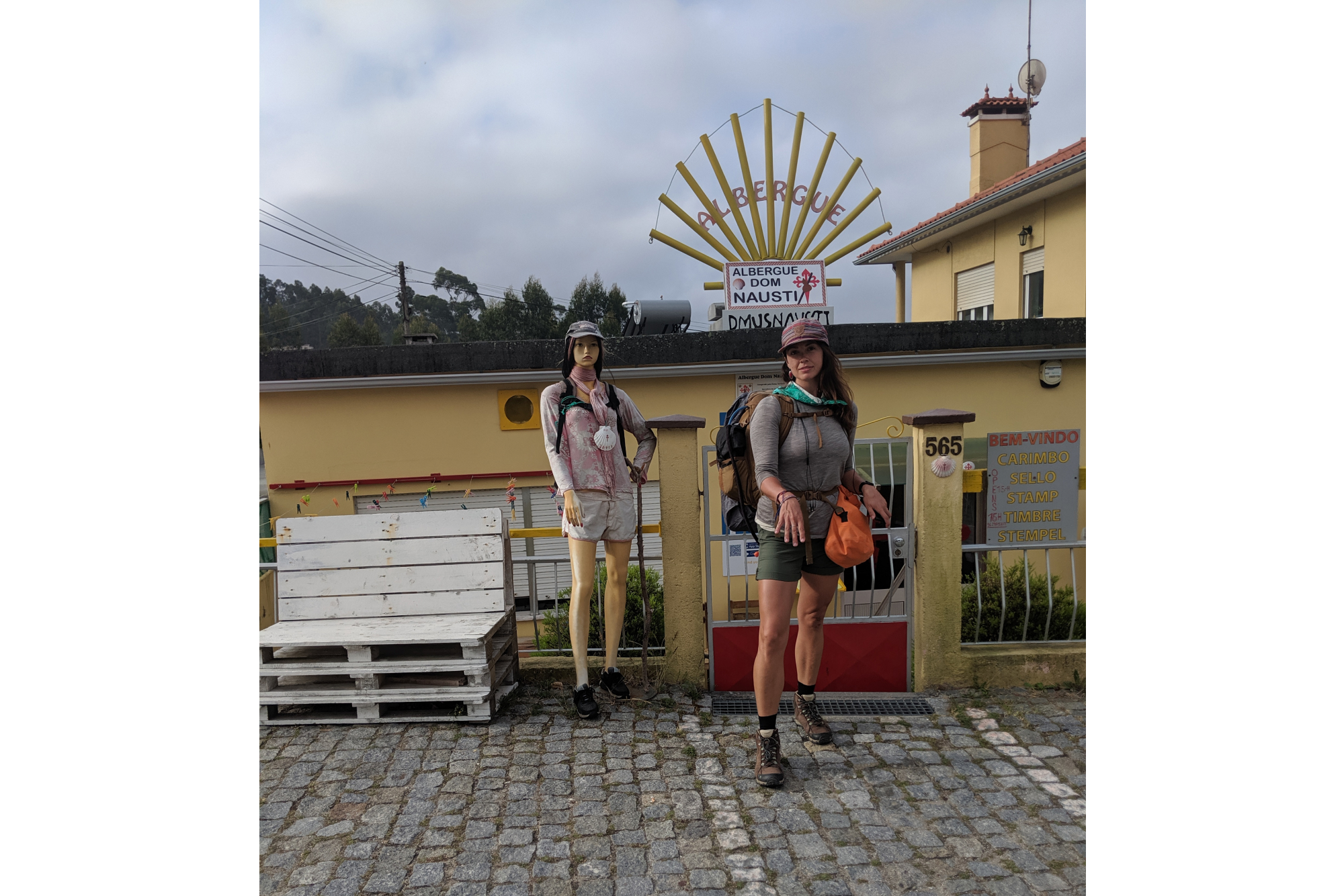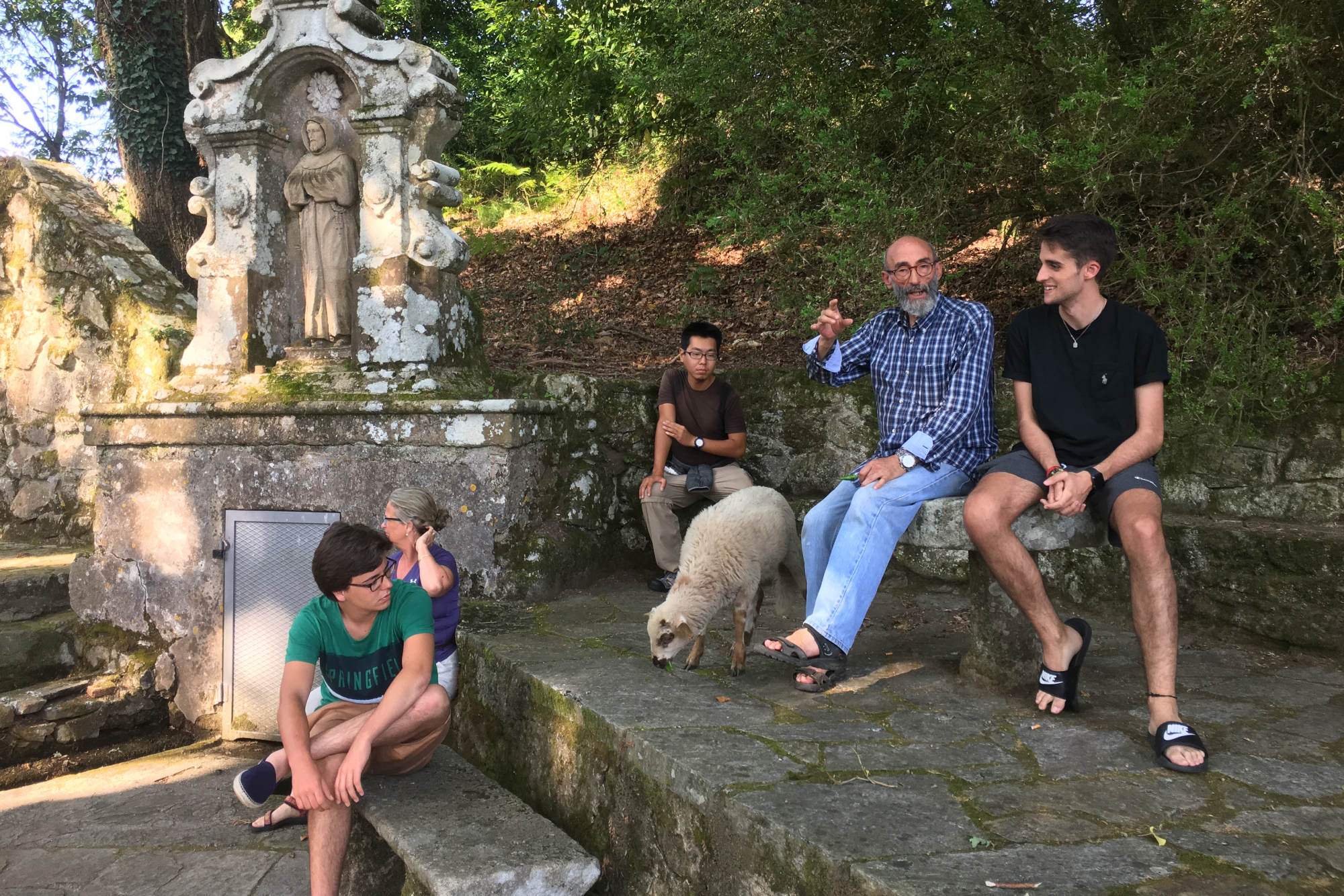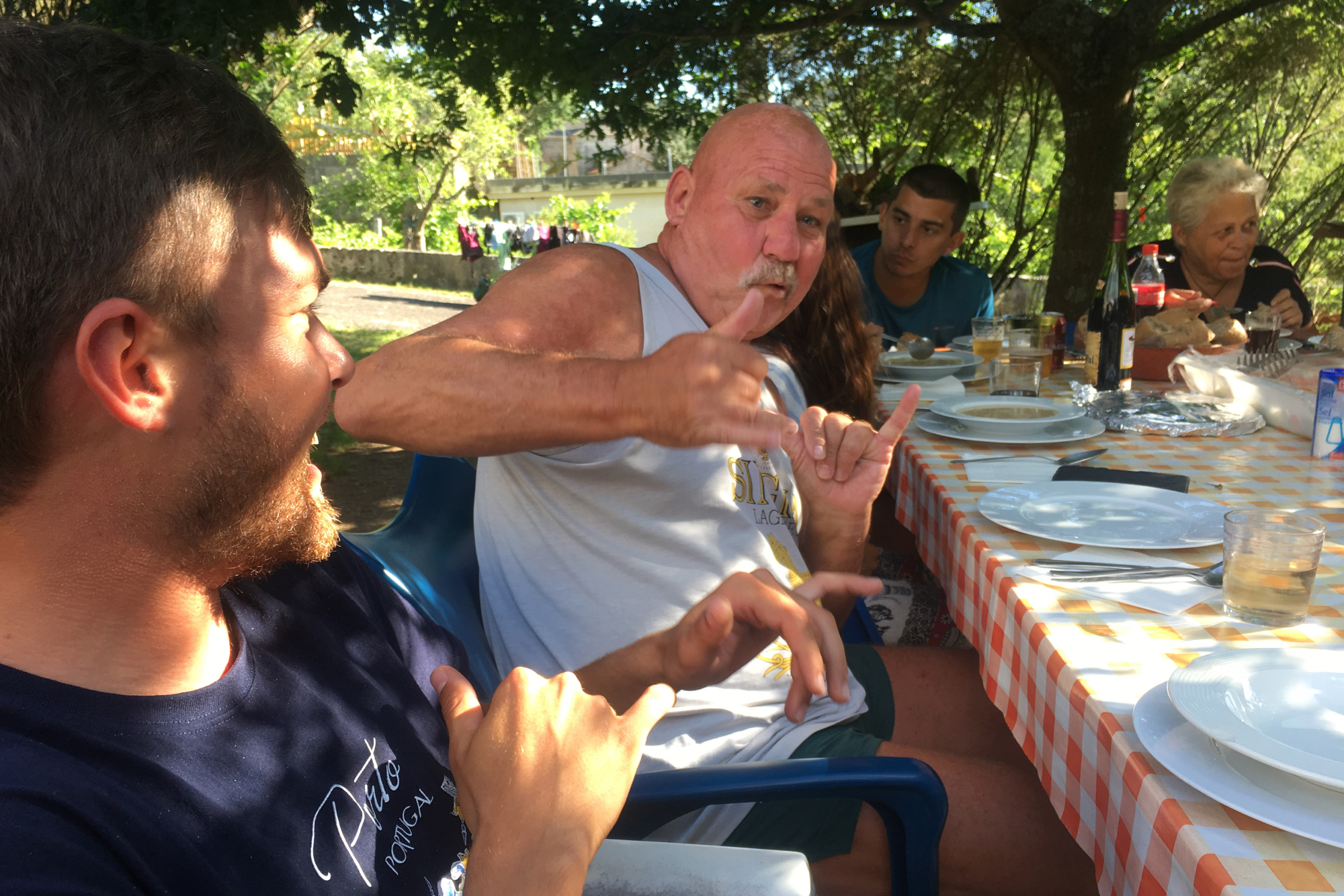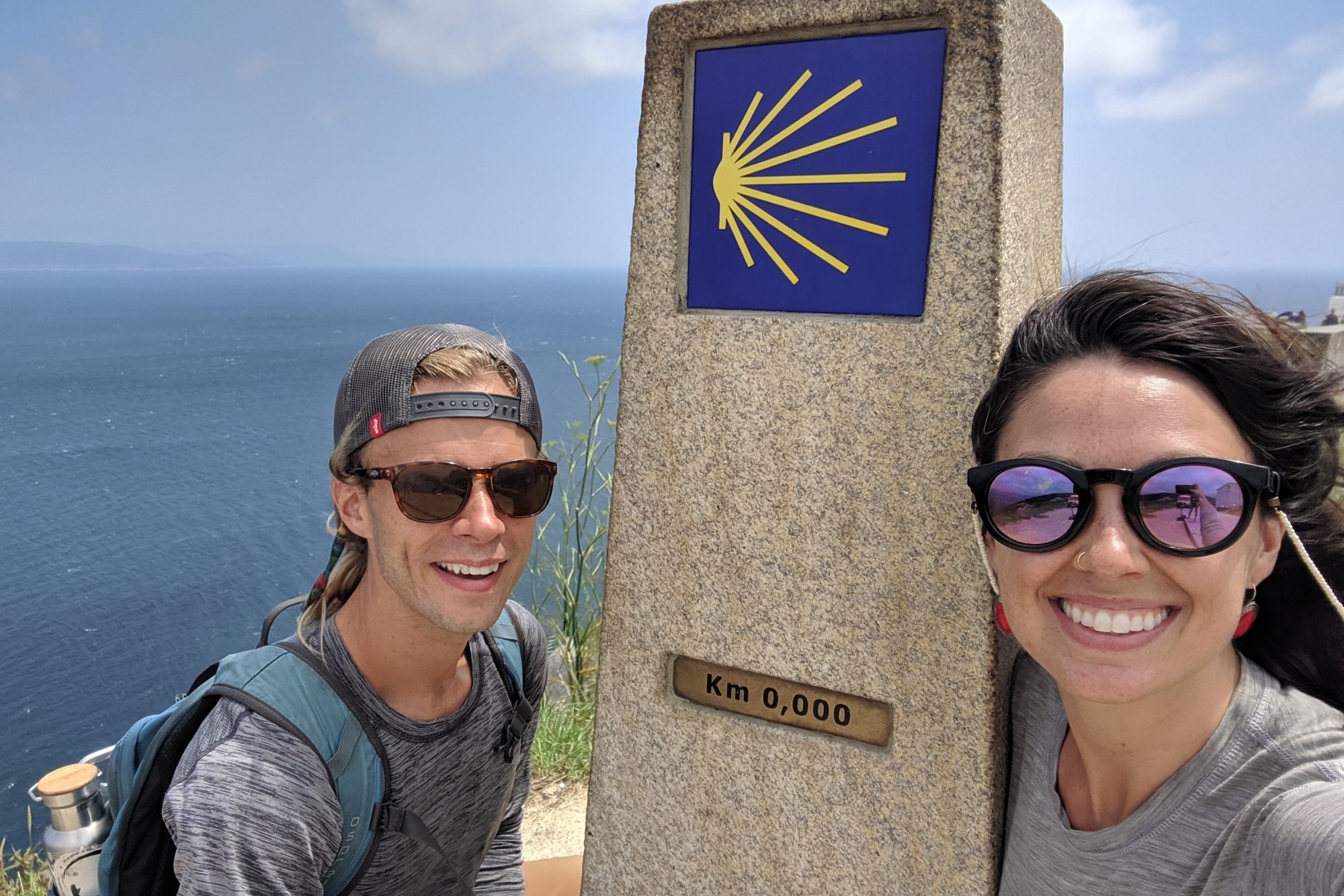After the exotic yet tiresome country of Morocco, it was a relaxing short stay in Seville, Spain. We dipped back into Spain on our way to Portugal to visit the homeland of Flamenco. For about 5 days, we toured the beautiful city, went to a flamenco show almost every night, had delicious coffee with tapas, and Rach took a couple flamenco classes while Dan enjoyed more coffee, tapas, and beer(s). It was a great break on our way to Portugal to start the long trip on the Camino de Santiago - Portuguese Coastal Route
Portugal
We found trains and buses between Seville and Porto were a bit too expensive. We opted to use Blablacar instead, which is a European rideshare for long distance travel. For about 60 Euro total, we hitched a 7-hour ride with a Spanish dude on his way to a heavy metal festival. He didn’t speak English thus Rach was the primary translator for the car ride. He LOVED heavy metal so it was a 7-hour ride of listening to Scorpion, Avantasia, and Megadeath. It was a fantastic way to get from point A to B! We stopped for coffee and a roadside cherry stand on the way. Our driver felt more like a friend by the end of the ride.
The cheapest place we could find in Porto was an Airbnb outside of Porto but close to a rail station so we could take the train in to start the Camino. We could not have lucked out more with our Airbnb host. We were pleasantly greeted by a tiny little dog named Sushi and distant sounds of the show Friends on repeat in the living room. We noticed her home was decked out in Christmas decorations including a fully decorated tree and, at first, we believed it was just the owner being lazy about taking her decorations down. We quickly found out how wrong we were when she exclaimed that she loves Christmas, “It’s Christmas all year round in my house!”
We decided to spend 2 nights in Porto to get ready as well as enjoy the city, as we’ve heard wonderful things about the city. To walk to Camino from any starting point, you need your credentials, which is a passport looking booklet acquired at the local cathedral where you get stamps from various locations every day while on route. The credentials act as proof that you are a ‘Pilgrim’ on the Camino. Whether your purpose for walking is spiritual, or you just like to walk, the credentials give you access to the ‘alburgues’, which are cheap volunteer-run hostels only for pilgrims, and give discounts for ‘pilgrim meals’ at local restaurants.
